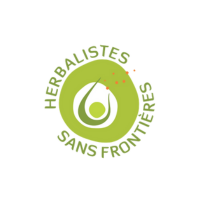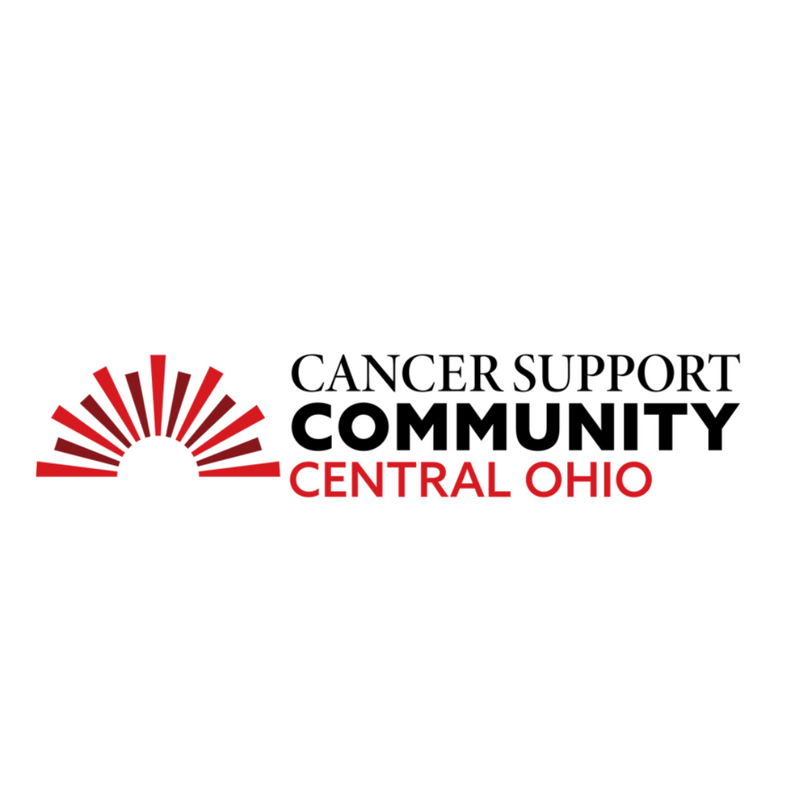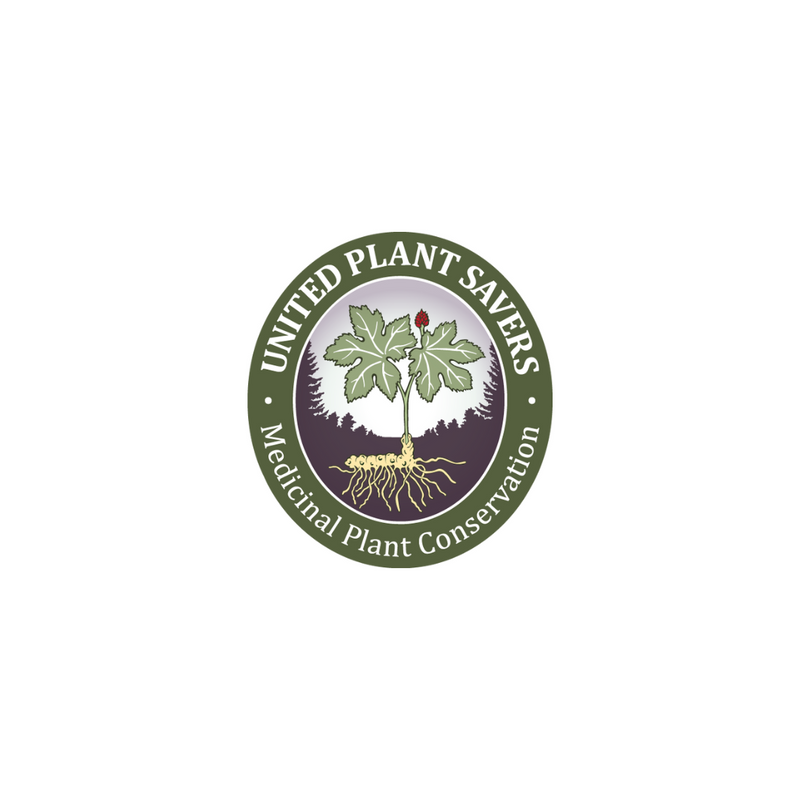
Herbalism and Kids: Part 1
Share
Many people who start dabbling with herbs as medicine do so because they have kids and are looking for ways to provide holistic options.
Venturing into herbalism reveals a huge new world of medicine. It allows us, as parents, to be empowered to make decisions around our child’s healthcare and provide quick treatment without running to the doctor (or pharmacy) over every bump, scrap and cough.
How far we dive must be determined by our depth of knowledge into the complexity of plant medicine and our own biology. Step one is knowing our own capabilities and when it is time to seek professional medical attention.

The Basics
The two main times we can comfortably and safely use herbal medicine is for simple wound care (because we all know these kids get lots of scraps, cuts and ouchies) and for the everyday cold and flu.
Step one: Ask yourself, do you want to find herbal solutions already prepared and ready to use? (Such as what we provide at Haven Herbs). Or do you want to go deeper and learn about the individual plants, how to look beyond only symptom management and create your own medicine? The latter requires more time and dedication, and is immensely rewarding as well.
Some plants can be used straight from the stem, as needed. Others require more preparation. Or timing can play a factor. As I write this, a thick layer of snow lays on the ground. There are very few plants available for my picking at this moment. So having purchased or prepared medicine ahead of time is important. Herbal medicine requires forethought.
Wound Care:
Herbal first aid is one of the easier ways to begin learning herbalism and using it with your kids. You’ll get LOTS of practice.
Bug bites and Stings:
Most often a bite or sting is a small injury that causes very localized pain and discomfort. The key to treating it is making sure no stinger remains, then using medicine to neutralize the toxin and ease pain.
One plant I absolutely ADORE and love to share with my friends is the humble Plantain. This plant grows in virtually any yard. We have all seen it. And this plant is wonderful to use for bug bites and stings. Most parents have a story of their kids running barefoot across the yard and stepping on an unaware bumblebee. Most times all we can do is offer up some ice until the pain subsides. This plant ally, Plantain, is perfect in that moment. Take a look around that very spot, grab a small handful of leaves, mash them up and after removing the stinger, put them over the spot. Their juice will bring nearly instant relief. Even better than ice! It also works for mosquito bites. The key is to get to it as quickly as possible. Once a little time has past, the bite has swollen and it becomes itchy, other treatments work better. An itch salve, or a paste of clay can draw out the toxin to relieve the swelling and itchiness.
Scrapes/Cuts:
Open wounds, if not overly severe, are often something we take care of at home. Most commonly we wash it with water and gentle soap, maybe apply an antibiotic ointment, and cover with a bandaid. Herbal home care is basically the same. A healing salve replaces the petro-chemical based ointment. Salves are especially good for scraps that a bandaid can’t cover (or for kids who hate bandaids) as the salve provides a “cover” to both protect, fight infection and sooth. If they got banged up in the process, icing is always good to relieve swelling from bruising. And/or an arnica salve.

Word of advice about Essential Oils - The use of essential oils has become highly common among those seeking quick, easy to use herbal remedies. The amount of misinformation about their use has become something trained herbalists have been struggling to combat for a while now.
DO NOT USE UNDILUTED ESSENTIAL OILS.
Essential oils are created by HUGE amounts of plant material. So a drop is very strong, far more medicine than is needed. One fact about essential oils that is often unknown by the average consumer, is that it is not a sustainable source of herbal medicine. So use them sparingly.
You can learn more about this topic in our previous blog posts.
Burns:
Whether it is from a spilled cup of tea, touching a hot pan or too much time in the sun. Burns are a common injury, both to kids and ourselves. Many people know Aloe is a quick plant remedy. But not everyone has a plant growing in the kitchen window (myself included). A pre-made burn salve is one of the best options (the one we make has menthol crystals for an extra cooling effect). Raw honey is actually a great healing option for many wounds (though a bit sticky) as it is antiseptic. A cold peppermint tea will give you the cooling sensation as well. Lavender is also calming to the injured skin. Try taking some herbs, soak in cool water and apply as a poultice.
Illness Treatment:
When our kids are sick, with a mild fever or a cough that just lingers. Perhaps a tummy ache or stuffy nose. The kind of sick that isn't really worth a doctor visit. But creates discomfort in them, and in us as their parents. These are the perfect moments to know of an herbal option, to bring some relief and to support their body in overcoming the illness. It empowers us, the parent, to feel we are doing something productive when otherwise we can not do much.
Firstly, we need to address how herbal remedies work differently than the OTC counterparts we are used to.
Most OTC meds are a combination of pharmaceuticals, focused primarily on reducing a broad spectrum of symptoms. Not treating the cause. So one bottle of DayQuil is promoted to help with "cough, body aches, fevers, headache, stuffy nose" and the NyQuil even has the added "help you sleep". This is based on the western medicine practice of throwing a wet blanket over the fire, to hide the symptoms and help you feel better. But it does not address the cause, and it doesn't support the body in what it is trying to do (which is to combat an infection of some kind).
Symptom management is important, but it does not fix the problem. Herbal medicines work WITH the body to give it the tools to work more effectively on that root cause. So it is important to know WHAT you are combating before reaching for an herb.
Most importantly, regardless of the symptoms. If they are combating an illness (virus or bacteria caused sickness), be sure they are receiving nutrition, adequate liquids and rest. This is the foundation to their body having what it needs, before any additional medicines are added. Then look at ways to increase their immune system’s effectiveness.
Next, let’s look at symptoms, what they tell us about the illness and how we can help our kiddos feel better based on them.
Mucus (Snot): It's not always pleasant to open up the tissue to investigate the color of your kid's snot, but it is an important tool to know what is happening. (and we both know this is much less gross than other secretions we've both had to look at). Green or yellow indicates an active infection. The deeper the color the stronger it is. This can guide you on the strength of medicine to give, and whether a call to the doctor is warranted. Clear is likely caused by allergies and not a cold or other respiratory infection. This is an important distinction. No reason to give medicine for an infection if there is none. Clear means providing a remedy to combat an allergic reaction to something in the air. Nettle tea or tincture is a quick way to see if that is the cause. Breathing in the steam from a hot cup of herbal tea (a tisane) is a good way to deliver medicine directly to the nasal passages. Or use a neti pot to flush out all that mucus. (This may take your kids a couple of times to get used to this).
Cough: is it dry, harsh, wet, or “productive”? A "productive" cough is important. This is when the body is breaking up phlegm in the lungs and airways. It is usually considered a “wet” cough, meaning you can hear, feel and see material coming loose when they cough. So suppression of a cough is only suggested when it impacts sleep. During the day, reach for herbs that soothe the throat and encourage a productive cough, then if sleep is a struggle, only then provide a mild cough suppression. Such remedies can come in teas (great for herbs that are nutritive and soothe a sore throat from the coughing) or as a syrup or lozenge (both can coat the throat to add relief).
Fever: Too often we have been trained as parents that a fever is bad. And have been taught to reach for a fever reducer at the first sign of heat. I encourage you to leave a mild fever to run its course. We cook food to kill bacteria... our body is using a similar mechanism. There are a lot of myths around fevers. A fever alone should not be cause for concern, and generally speaking, a fever below 102 is perfectly acceptable. Leave it be. Support your child in being comfortable, getting sleep, drinking soup and nutritive teas.
To learn about the myths, here is a good resource.
When is home care not enough?

The rule of thumb is, if your child is showing multiple symptoms, of a high severity and/or for an extended period of time (beyond 3 days) it is time for a trip to the doctor. If they are acting abnormally or showing symptoms that are not normal for an every day cold/flu, get them to the doctor. Or at any time you are concerned. You know your child. You know what is not normal. When something feels off. Don't hesitate in those cases.
Also, I love working with local plants. See my previous blog about this to begin exploring how to find your own herbs for some of the purposes mentioned above.
Keep an eye out later this year for a part 2 of Herbalism and Kids, where I will discuss the top herbs I keep on hand to use for herbal health for my family




